Pellet stoves are a fantastic way to heat your home while keeping things eco-friendly. They burn compressed wood pellets, which means you get a warm, cozy feel without wasting resources. Plus, they're easy to operate and maintain, making them perfect for anyone who wants a no-fuss heating solution.
Pellet Stoves
Experience warmth and efficiency with our selection of high-quality pellet stoves for every home
Product List

Comfortbilt HP22 Pellet Stove
Comfortbilt
Product Review Score
4.79 out of 5 stars
53 reviews$2,299.00
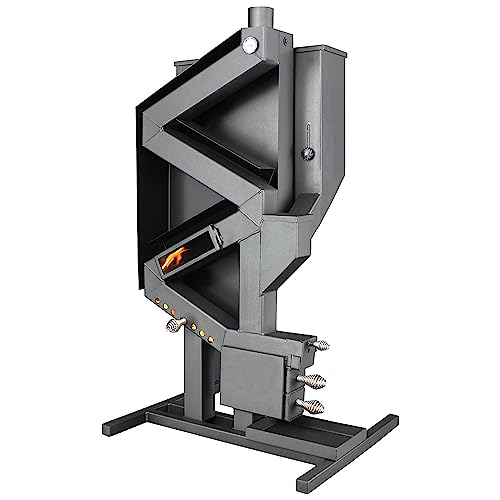
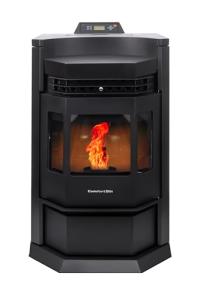
Comfortbilt HP22-N Pellet Stove
Comfortbilt
Product Review Score
4.94 out of 5 stars
197 reviews$2,401.00

Mr. Heater WiFi Pellet Stove
Mr. Heater
Product Review Score
4.99 out of 5 stars
222 reviews$1,466.96



Comfortbilt HP22i Pellet Insert
Comfortbilt
Product Review Score
4.24 out of 5 stars
90 reviews$2,499.00

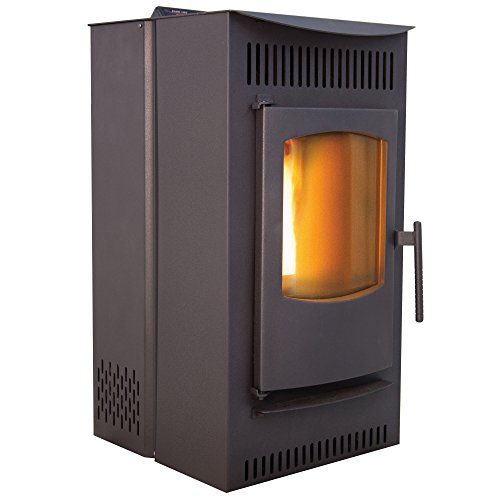
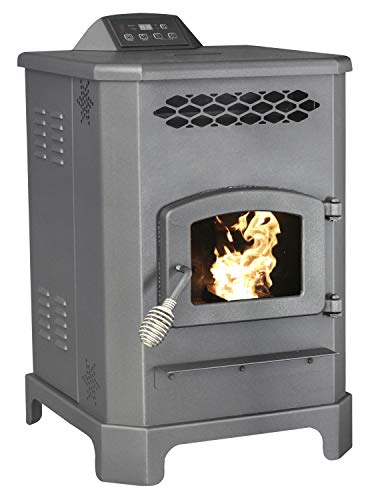

Comfortbilt HP21 Pellet Stove
Comfortbilt
Product Review Score
4.66 out of 5 stars
94 reviews$1,899.00
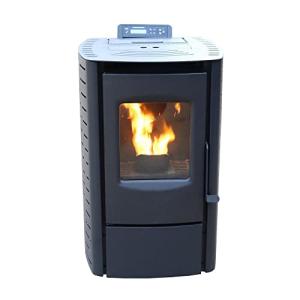
As the chill of winter creeps in, the importance of an efficient home heating system becomes paramount. For many homeowners, pellet stoves provide a smart, eco-friendly, and cost-effective solution. This guide will delve into what pellet stoves are, how they work, their benefits, drawbacks, and some frequently asked questions.
What are Pellet Stoves?
Pellet stoves are heating appliances that burn pellets made from compressed wood, biomass materials, or agricultural waste to produce heat. Typically made from recycled materials, these pellets are a renewable energy source, making pellet stoves an environmentally friendly choice compared to traditional heating methods.
How They Work
Pellet stoves operate through a systematic process:
- Pellet Feeding: The stove uses an automatic feed system that delivers pellets from a hopper into the burn chamber.
- Ignition: Pellets are ignited using an electric ignition system.
- Combustion: Once burned, the stove generates heat which is circulated into the room through convection or radiant heating.
- Exhaust System: The combustion produces ash and gases which are expelled outside via a venting system.
Table 1: Features and Specifications of Pellet Stoves
| Feature/Specification | Description |
|---|---|
| Fuel Source | Wood pellets (compressed sawdust) or alternative biomass products |
| Average Efficiency | 85%-95% heat efficiency |
| Heating Capacity | 8,000 to 90,000 BTUs depending on the model |
| Hopper Capacity | 30 to 80 pounds (for extended burn time) |
| Venting Type | Direct vent or chimney systems |
| Maintenance | Requires ash removal and cleaning every few weeks |
Benefits of Pellet Stoves
Pellet stoves have become increasingly popular due to numerous advantages, which are outlined below:
1. Eco-Friendly Heating
Pellet stoves use renewable biomass fuel, which is often produced from waste materials or sustainably sourced wood. This helps reduce the carbon footprint compared to fossil fuels.
2. Cost-Effective
While the initial investment for a pellet stove can be higher than traditional wood or gas stoves, the operational costs may be lower, especially given the price stability of wood pellets.
3. High Heating Efficiency
Pellet stoves operate at high efficiencies, converting a significant proportion of the fuel into heat. With efficiencies of 85% to 95%, they produce more heat per unit of fuel than many conventional heating systems.
4. Convenience and Automation
Many pellet stoves come with programmable thermostats, allowing homeowners to set their heating schedules. Some models even feature a remote control for ease of use.
5. Less Smell and Smoke
Modern pellet stoves are designed to minimize emissions compared to traditional wood-burning stoves, resulting in a cleaner burn and less odor in the home.
Drawbacks of Pellet Stoves
While pellet stoves offer numerous benefits, there are certain disadvantages to consider:
1. Dependence on Power
Pellet stoves require electricity to operate their feed systems, ignition, and fans. In case of power outages, they may become ineffective.
2. Ongoing Maintenance
Regular maintenance involves cleaning the burn pot, heat exchange tubes, and ash. While this is generally easy, it requires regular attention that may be less necessary for traditional wood stoves.
3. Fuel Storage Requirements
Pellets must be stored in a dry area and require adequate space for the hopper. Ensuring a continuous supply of pellets can also be a logistical challenge.
4. Initial Cost
The upfront cost for purchasing and installing a pellet stove can be higher compared to traditional heating methods.
Table 2: Comparison of Pellet Stoves with Other Heating Options
| Heating Option | Efficiency (%) | Maintenance Needs | Fuel Type | Cost Range (Installation) |
|---|---|---|---|---|
| Pellet Stoves | 85% - 95% | Medium (regular cleaning) | Wood pellets | $2,000 - $5,000 |
| Traditional Wood Stoves | 60% - 80% | High (frequent cleaning) | Logs/wood | $1,000 - $3,000 |
| Gas Furnaces | 90% - 98% | Low (annual checks) | Natural gas | $3,000 - $6,000 |
| Electric Heaters | 100% | Very Low (occasional cleaning) | Electricity | $500 - $2,000 |
Frequently Asked Questions
Q1: What kind of pellets can I use in a pellet stove?
A: You should use only the type of pellets recommended by the manufacturer of your stove. The most common type is premium hardwood pellets. Avoid using sawdust or making homemade pellets, which may not burn properly.
Q2: How do I maintain my pellet stove?
A: Regular maintenance is crucial for optimal performance. This includes cleaning the burn pot, removing ash, vacuuming the combustion chamber, and cleaning the flue and venting system at least once a year.
Q3: Can I use a pellet stove as my primary heat source?
A: Yes, many homeowners successfully use pellet stoves as their primary heat source. However, it is essential to assess the heating requirements of your space, as some larger homes may require additional heating systems.
Q4: How long can I expect my pellets to last?
A: The burn time depends on the size of your hopper and the BTU output of your stove. On average, a full hopper can last anywhere from 12 to 100 hours of continuous operation.
Q5: Are pellet stoves safe?
A: Yes, pellet stoves are safe when installed correctly and used according to the manufacturer’s guidelines. It is essential to ensure that the venting is correctly installed to prevent any risk of fires.
In summary, pellet stoves present a viable heating option for homeowners looking for efficiency and sustainability. While there are certain drawbacks, the benefits they offer often outweigh the challenges. As people become more environmentally conscious, the demand for cleaner heating solutions like pellet stoves is likely to grow. With proper care, these stoves can ensure a warm, comfortable home for many winters to come. Whether one is considering upgrading their heating source or installing a new system, pellet stoves should be on the list of options to explore.